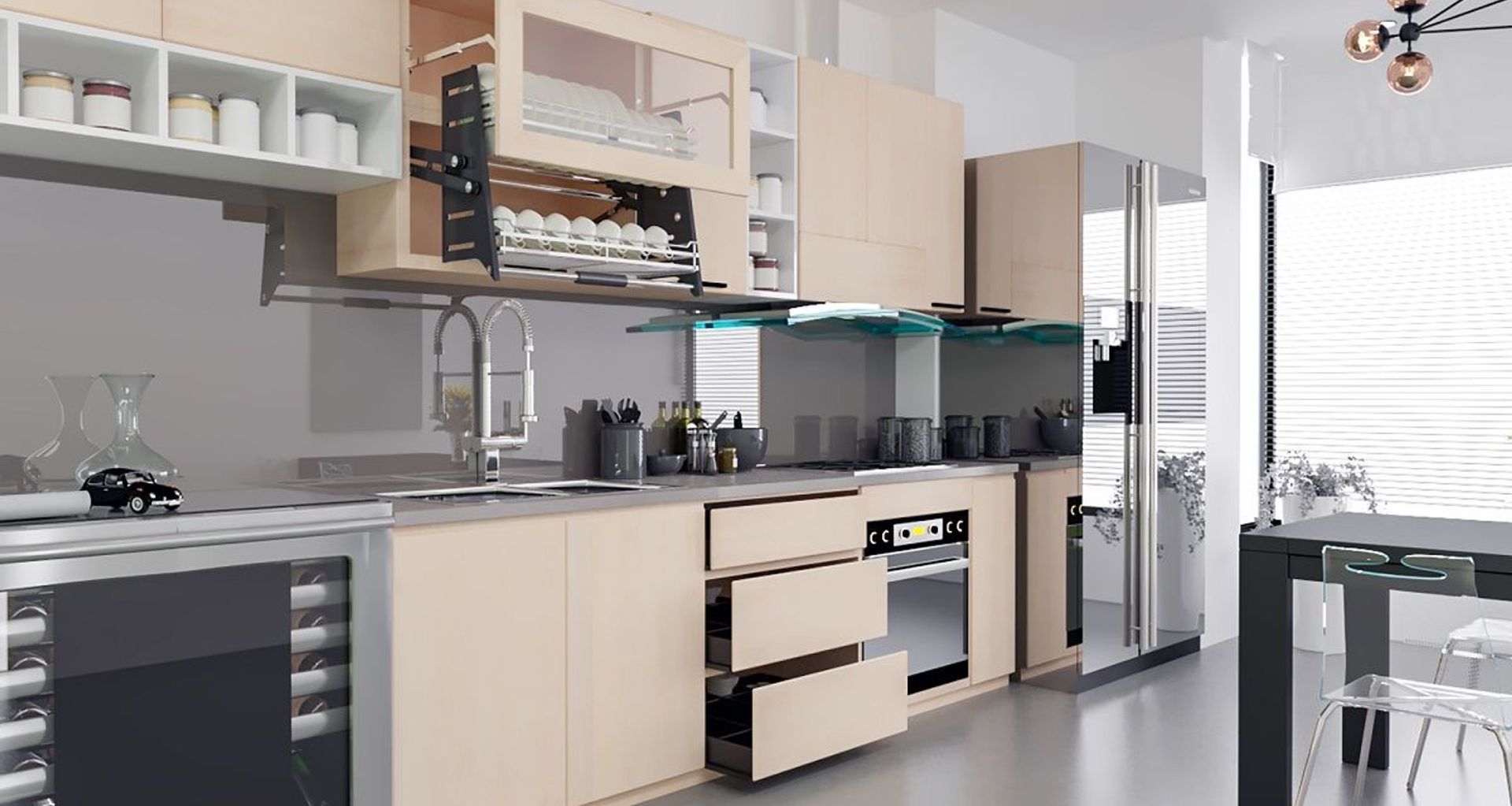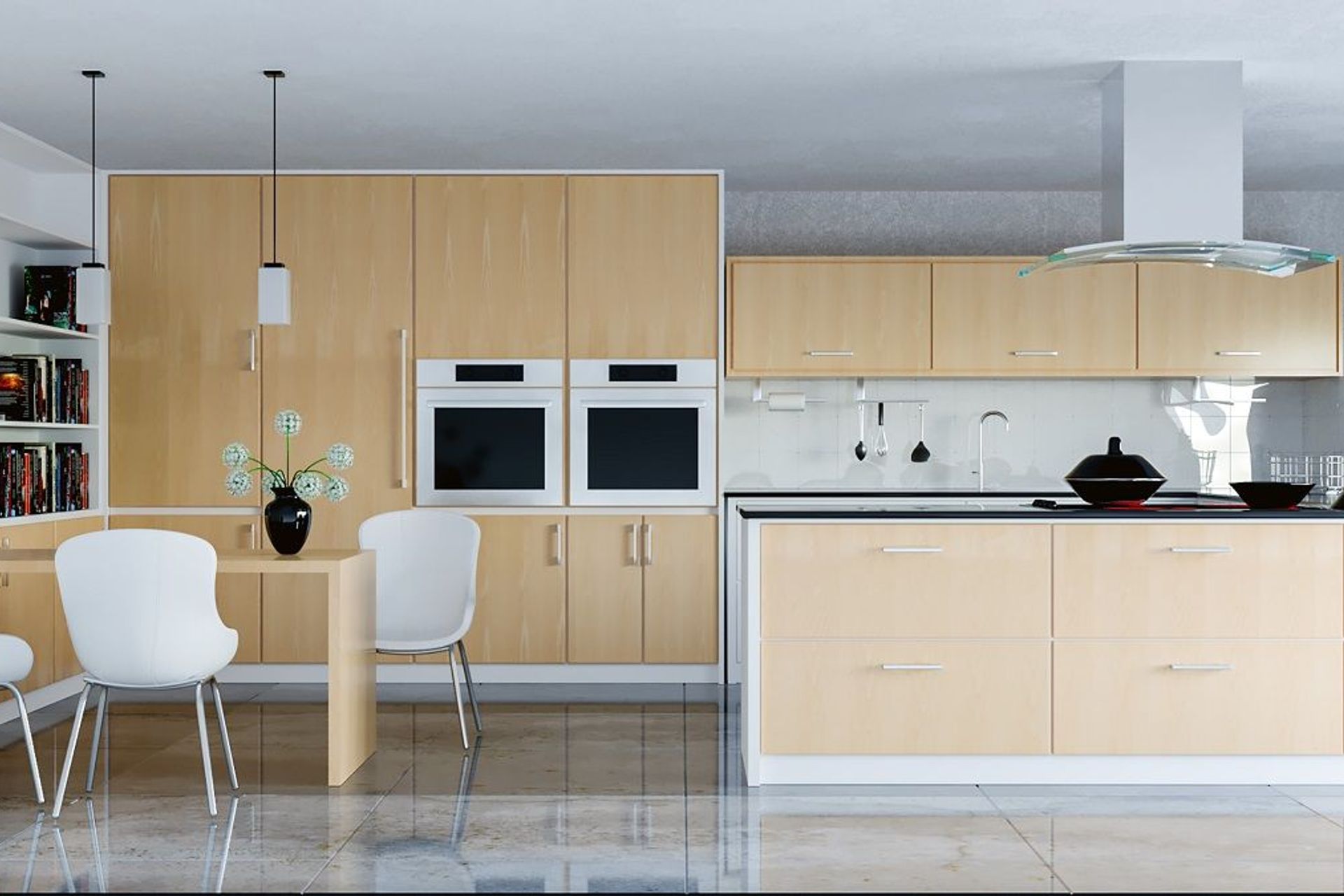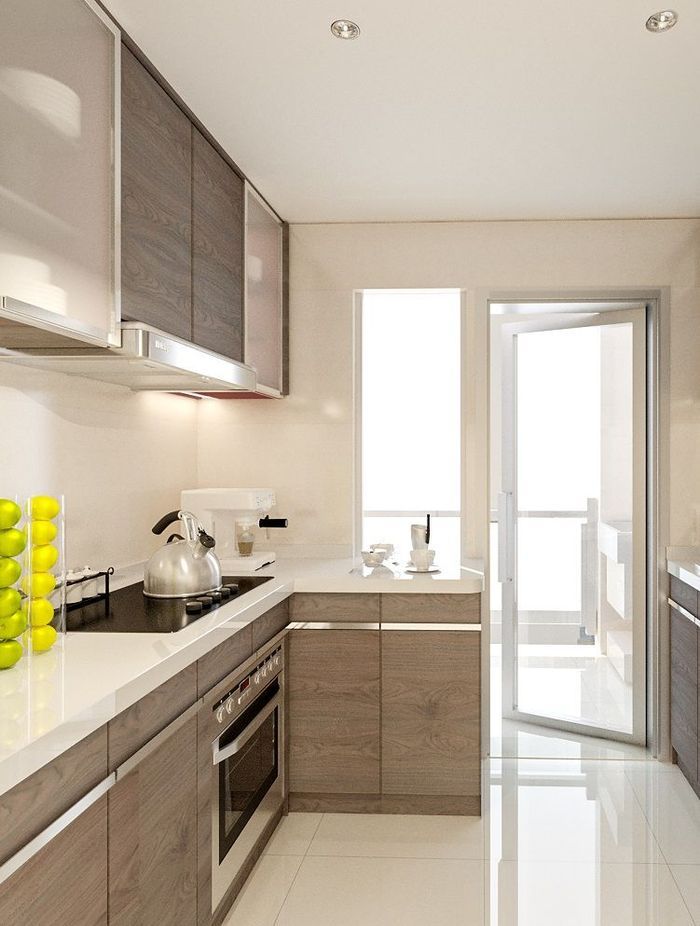How to create character with bespoke timber veneers
Written by
18 October 2019
•
4 min read

If you never thought the worm-eaten, reclaimed poles of Venetian wharf canals would be a likely candidate for designer residential cabinetry in New Zealand, you wouldn’t be the only one. We talked to Plymasters about the soulful style of a groundbreaking new range of veneer surfaces.
Creating character in the home is a critical part of any truly successful interior design scheme, and central to that is the weaving of layers into a space.

Designing those layers to create a rich palette is, in part, created with the specification of materials and products that have a story; those that have a past and can create a connection between object and history, between communities and worlds, organically generating a talking point and a sense of identity in a space.
Enter a new collection of bespoke timber veneers by Plymasters. Sourced from around the globe and engineered in industry world-leader Slovakia, this collection features both unfinished and prefinished veneers in 24 timber species with either Birch plywood or MDF cores.
Notable is the story behind each product, creating an unrivalled layering of depth and character, Plymaster’s Eddie Wycherley says.
“The collection covers everything from the groundbreaking timber herringbone veneer through to the engaging Venetian Oak - timber veneer with an alluring depth of character and rich history behind it.”
Venetian Oak is part of the new collection’s Rustica series, which incorporates an incredibly diverse range of unique veneers designed to create an instant sense of character and history. “The Venetian Oak is notably unique due to its distinct black markings,” Eddie says.
“The Venetian Oak is reclaimed from the canals of Venice. A type of worm that lives in the canals eats away at the city’s famous wharf poles, weakening them over time. When poles require replacing, they’re made into this highly attractive veneer. To highlight the path the worms have taken, the core board is dyed black, creating a juxtaposed finish.”
Also in the Rustica series is Herringbone Oak, the first of its kind available in veneer rather than solid timber, Eddie says. “This is a very cost effective alternative to achieving the same decorative effect out of solid timber.”

Dyed vs. stained veneer: what’s the difference?
Colour Oak is another series in Plymasters’ new veneer collection, one which offers new possibilities for design options. “Dye and special processes allow us to move away from stains and create a new depth and consistency of colour. “Stain works to enhance what already exists, while dye changes the colour of the veneer while retaining the uniqueness of the grain. The dye process also allows for increased scratch resistance.”
From velvet black to graphite grey, sand beige and beam oak smoked the colour options are vast and unique. “Beam oak smoked for example, has a very rustic appearance with numerous imperfections giving it real character. The smoked colour is achieved by exposing the veneer to ammonia. This process, rather than using a stain gives it colour consistency and ensures the colour will be resistant to fading and less impacted by UV exposure.”
“Dyed rather than stained veneer is sought after for those settings where cabinetry needs to retain its colour while adding a unique depth of character to a space.”
Plymasters’ new range includes two prefinished series and two unfinished series. “Unfinished options are ready for customisation to meet the most exacting needs and colour palettes of clients or designers while the prefinished options are ideal for saving time; they are ready to install.”
If you’re looking for a unique and functional cabinetry option to add character to your next project, make sure you visit Plymasters on ArchiPro here to find out more.
